The Osa Peninsula
Jutting into the sea at the southern end of Costa Rica’s coast, the Osa is known to be one of the more remote destinations to visit. We decided the 32 minute ride on a Sansa Air’s little puddle jumper was well worth it to get to Drake quickly and enjoy this magical part of the country.
Drake Bay
Drake Bay is located on the northern side of the Osa Peninsula and its proximity to Cano Island and Corcavado National Park makes it well positioned as a base.
We landed in a tiny little airport about twenty minutes outside of town. Luckily, I had arranged transportation as there was no one at the airport when we landed, not even airport staff. The drive out from the airport was our first reminder at how remote we were — there was just a dirt road and a 4×4 was necessary to drive into town given the high water along the road. Along the way, we saw our first sloth sleeping on a light post, a nice reminder that we were in Costa Rica.
We began our stay at Casa Horizontes, a quaint family owned property with a number of villas. The views were spectacular and the family was wonderful, but it turned out that we needed to move hotels a couple days in as they had rented the majority of the property to one family, who took over the commons areas and who were extremely loud at all hours.
After checking in, we immediately walked down the hill to grab lunch at Cafe Delicious and then stopped to meet Geovanny at Costa Rica Divers to complete our paperwork and get Adam’s pool session complete before the next few days of diving.
We spent the majority of the afternoon at Hotel Margarita where Adam completed the pool portion of the PADI course. And then we had an early dinner and called it a night, preparing for the days of diving ahead.
Diving & Cano Island
Cano Island sits about 20 kilometers off the coast of Drake Bay and therefore a 45 minute boat ride out of town. The island itself is a marine biological reserve and given the waters around it are protected, its known for its coral and marina flora and fauna.
Adam completed his four open water dives and got PADI certified and I just did a couple days of diving. While I wasn’t impressed by the condition of the coral or the visibility, the water temperatures were nice and there was certainly plenty of life — we saw sea turtles, reef sharks, barracudas, snapper, grouper, moray eels and more. It was a perfect way to start the trip.
The Bug Tour
In addition to diving, we wanted to make the most of being in Drake Bay. One evening after diving, we signed up for a night walk with Tracie the bug lady. This became the highlight of our visit to Drake Bay.
We started the bug tour at 7:30pm with our headlamps and cameras in tow. The next three hours with Tracie and Gian flew by – we walked through the forest meeting all kinds of creatures, some whom I would have never even paid any attention to. All of a sudden, I had an entirely new appreciation for the diverse spiders in the forest, the bats, the scorpions and much more.
The Drake Bay Beach Hike
We had one day to explore around Drake Bay. The sprawling village is pretty sleepy, but there is 10.5 mile coastal trail that leads to the San Pedrillo entrance of Corcovado National Park that you can walk along. The most commons approach is to walk 6 miles to San Josecito Beach and then catch one of the snorkeling boats back into town.
Given the massive amount of rain, we ended up having a late start making it difficult to do the 6 mile hike and still catch a boat back to town. Therefore, we walked half the trail and after three miles, turned back and made our way back. Despite the rain, it was a nice walk along the beach. The weather made it so we didn’t see many animals, but it was all worth it as on the way back, I bumped into an old college friend, Paul who I hadn’t seen in nearly 15 years!
Corcovado National Park
Corcovado National Park takes up almost half of the Osa Peninsula and is home to an astoundingly diverse range of wildlife from the endangered anteater to the tapir.
We left Drake Bay at 6am with our guide, Steven and took a 1 hour and 15 minute boat ride to the Sirena biological station. We landed at the beach, signed in and then made our way to Sirena. The short walk from the beach to Sirena reaffirmed that our hiking boots were not going to cut it — the ground was very wet and muddy. Fortunately, we were able to rent wellington boots from the station.
We put on our boots and trekked through the mud in search of the wildlife. During our first hike, we were lucky enough to see a female tapir sleeping in the forest. We spent some time watching her (and hoping she would wake up) and also saw a crocodile, many different species of birds and some monkeys.
We eventually walked back through to the station for lunch and a short afternoon break before doing a long walk before dark. While we went to check out more wildlife, we also decided to go back to the sleeping tapir to see if she had woken up, and I am so glad we did. I was standing there taking a photo of her sleeping when all of a sudden, we heard a loud horn-like sound. I turned around and found a baby tapir making its way toward me, as I was blocking its route to mama! I slowly moved out of the way and had a nice up close viewing of the pair.
Between the experience with the tapir, seeing the anteater, four types of monkeys, the crocodile and the toucan, we had a fabulous afternoon. Just after sunset, we made our way back to Sirena for dinner and it was then lights out by 8pm.
We woke up the next day at 4am to take an early morning walk looking for the tapirs once more time. We were lucky once again to see an entire tapir family roaming through the mud pools. Following breakfast, we went out for one final walk before we had to depart. We heard the melodious sounds of the birds and saw both the toucan and woodpecker. We saw four types of monkeys swinging from the trees, and we also got to see the coati and peccaries!
Around noon, we made our way back to collect our things and walk back to the beach to catch a boat back to Drake Bay. We had a quick lunch and then continued on a boat ride through the expanse of mangroves to Sierpe, where we would transfer to Manuel Antonio.



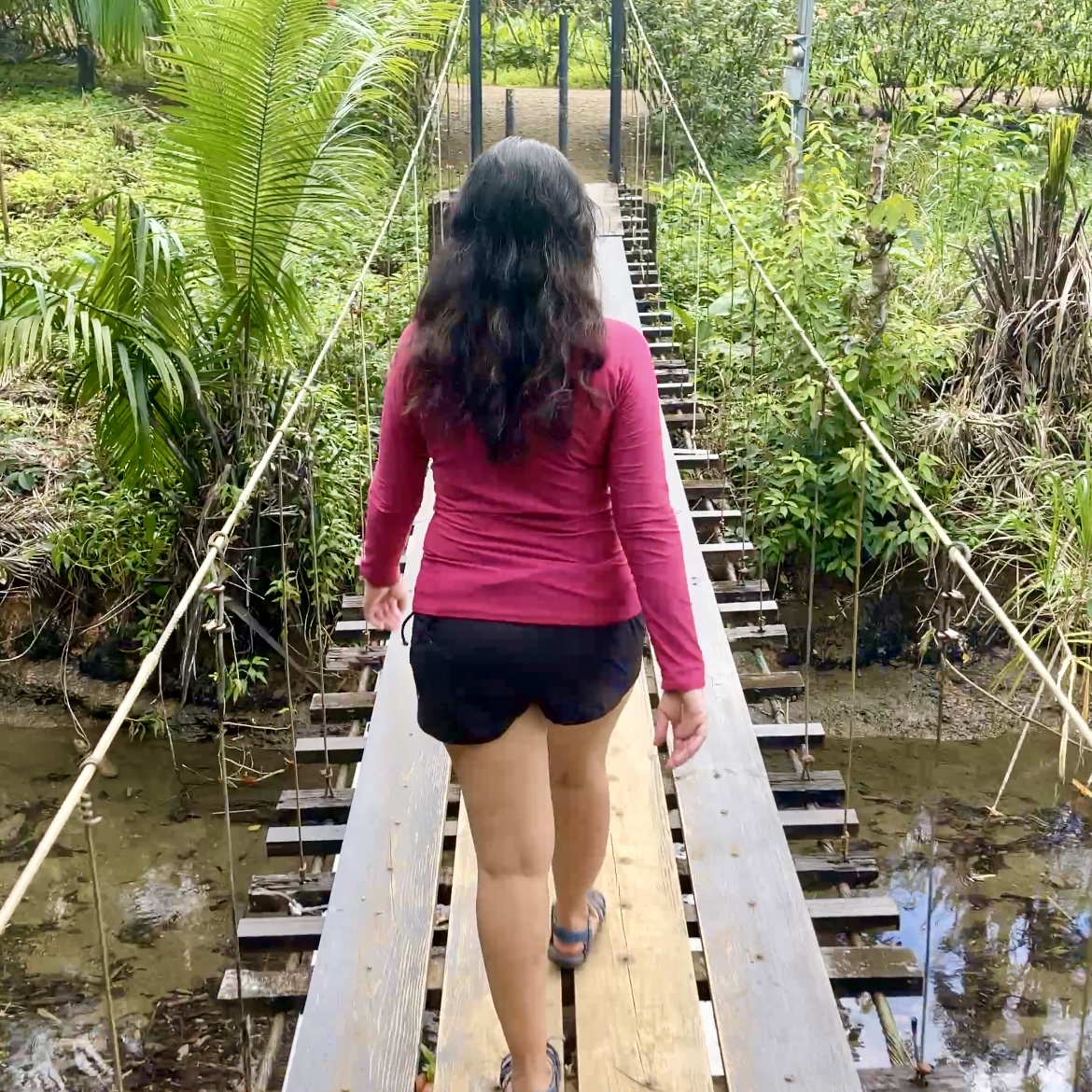
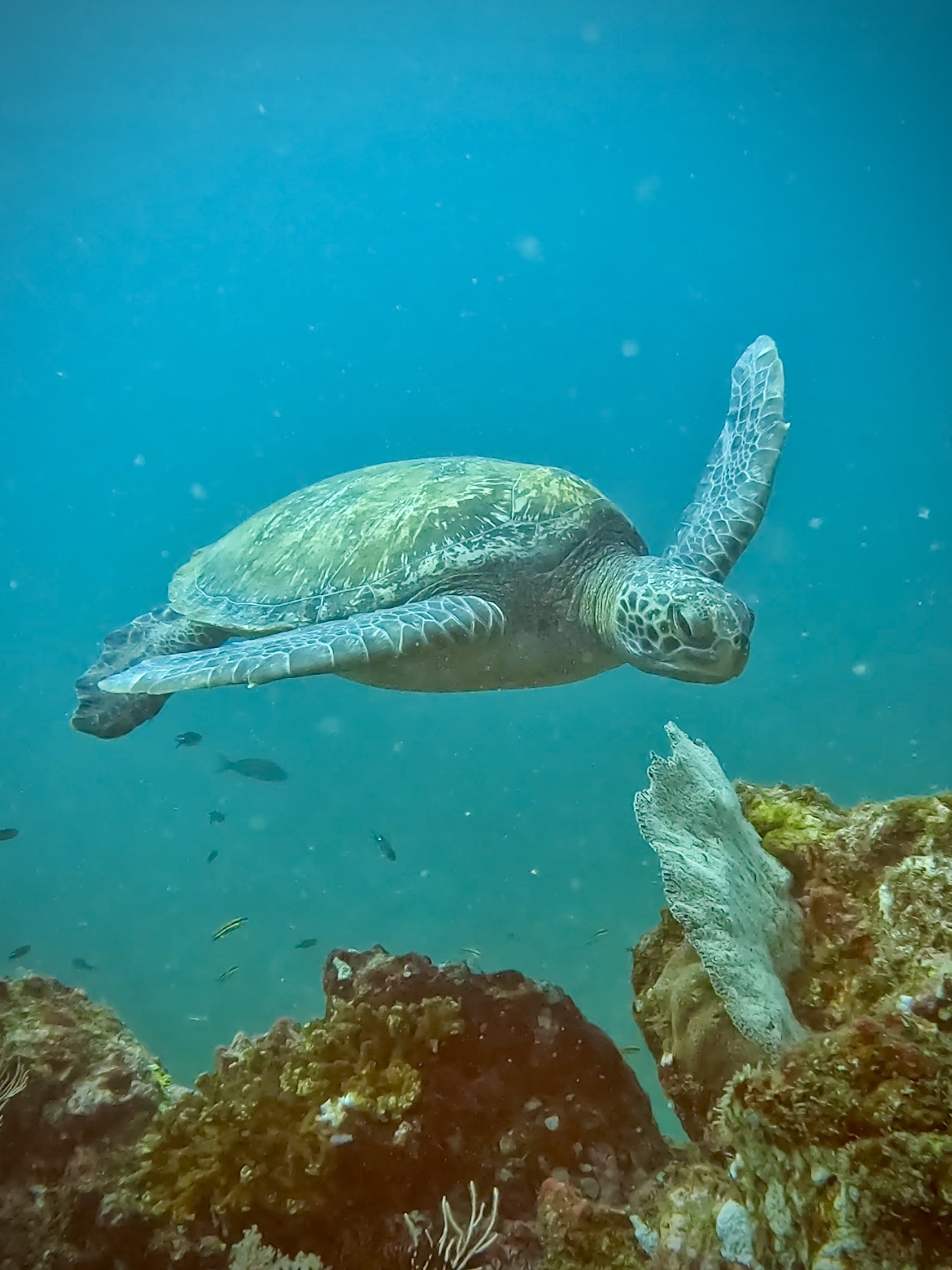
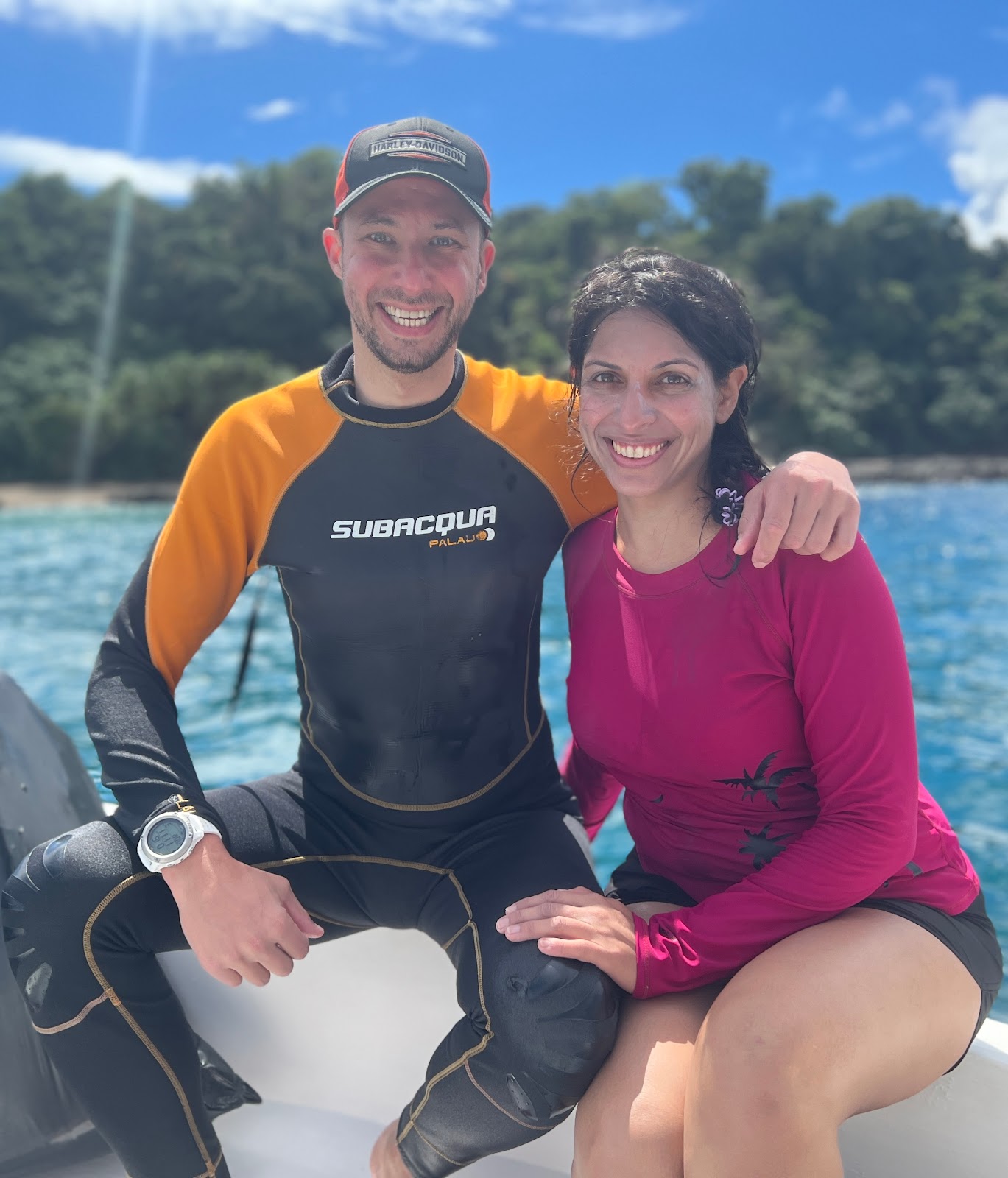
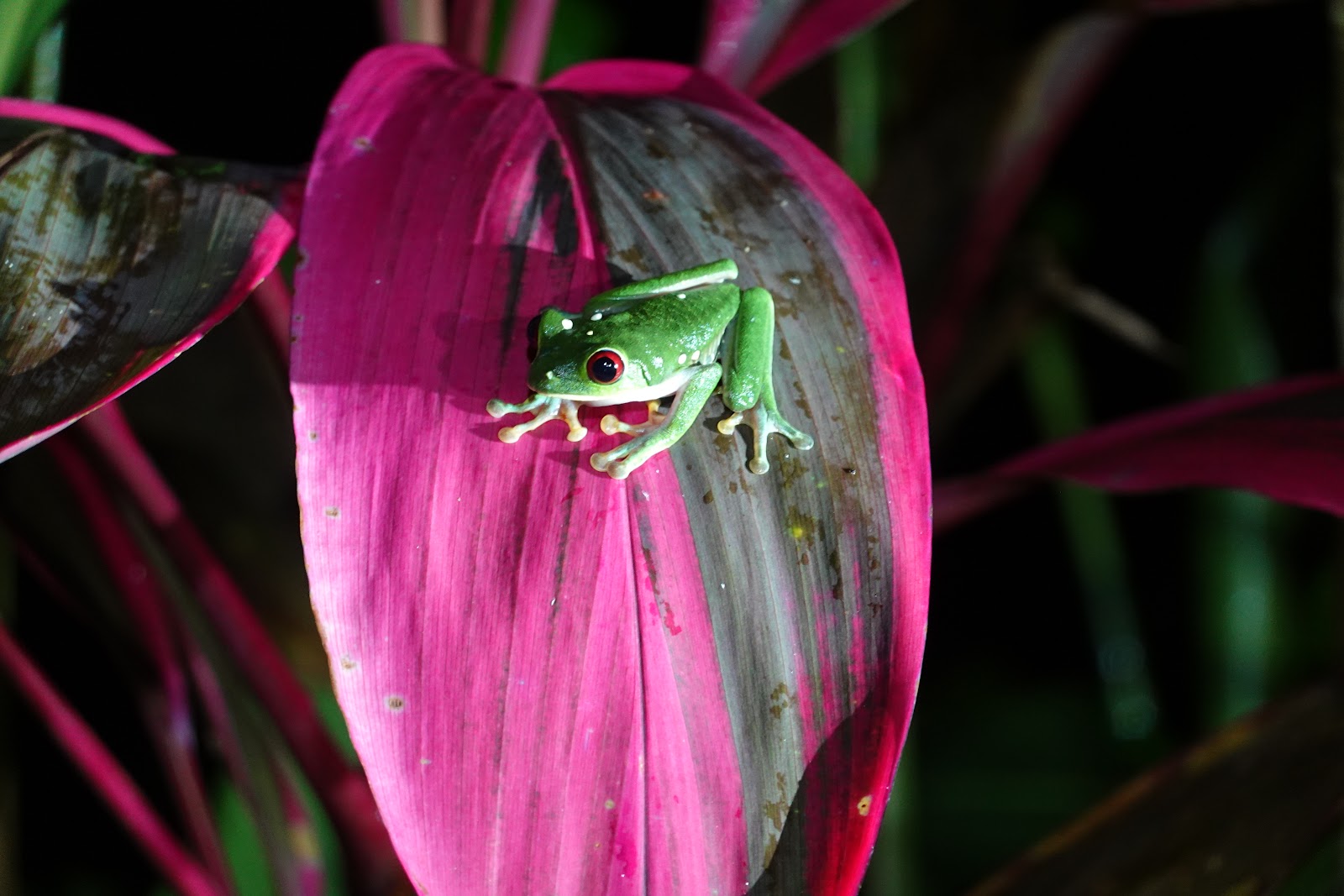
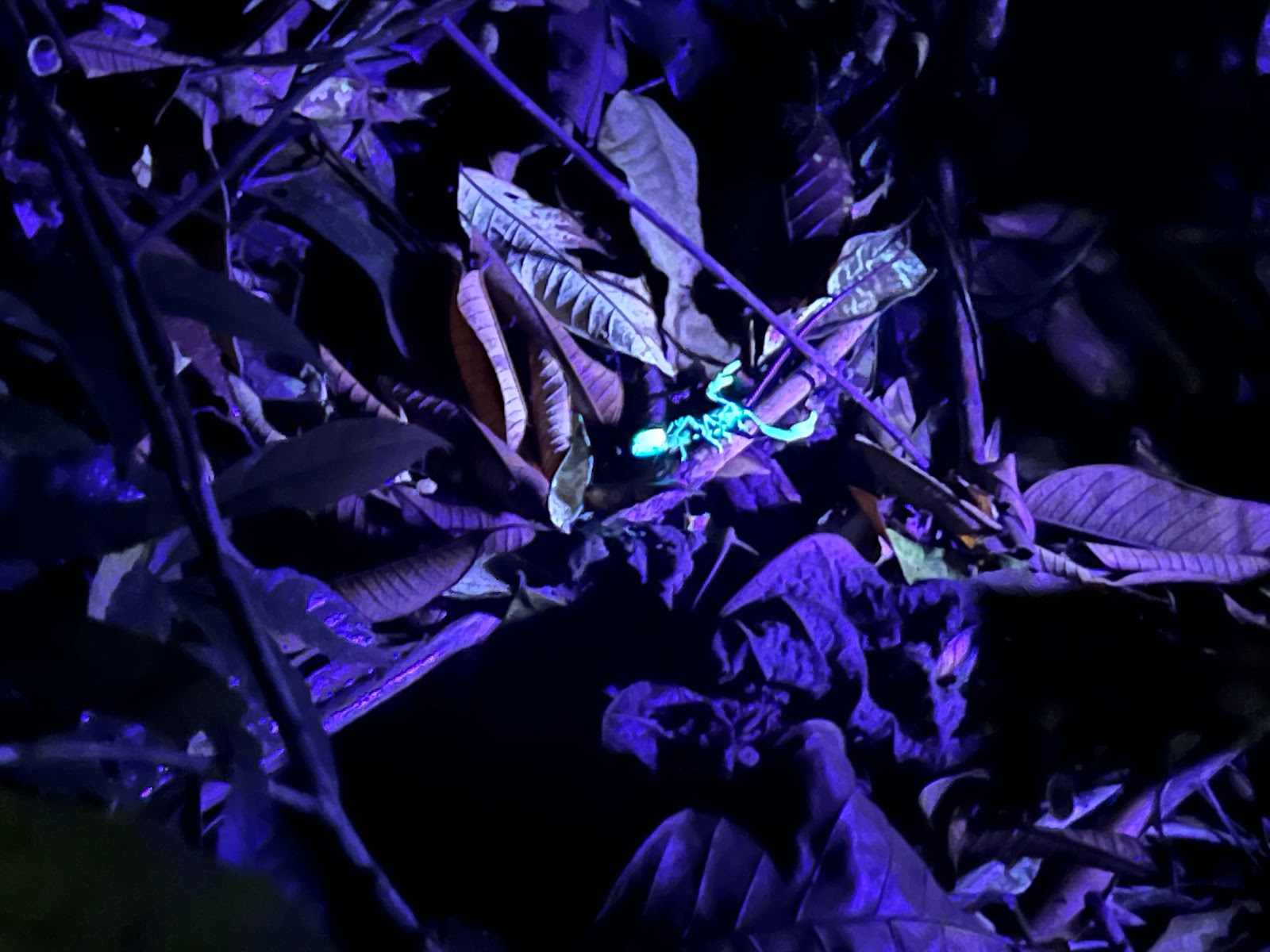
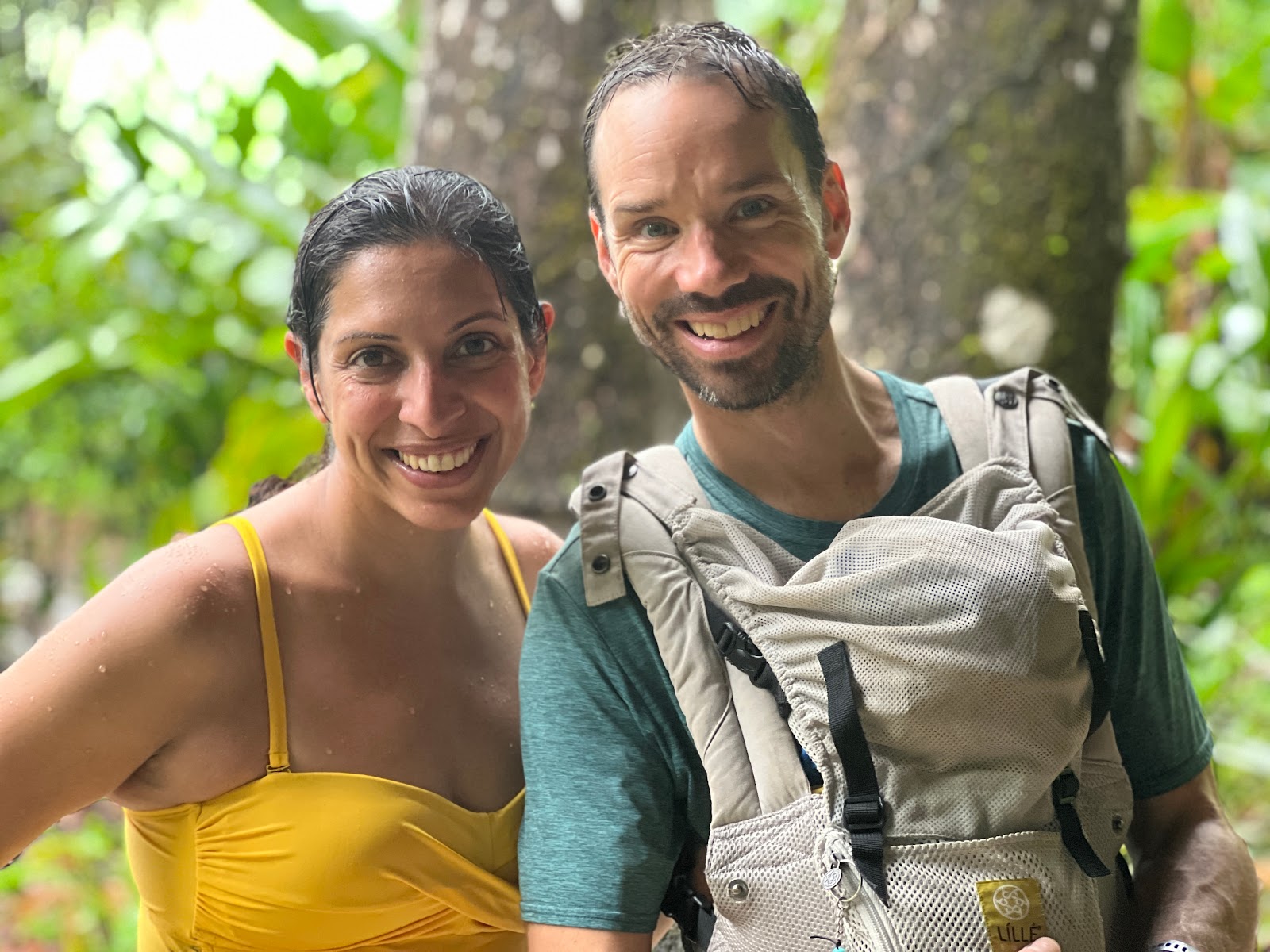
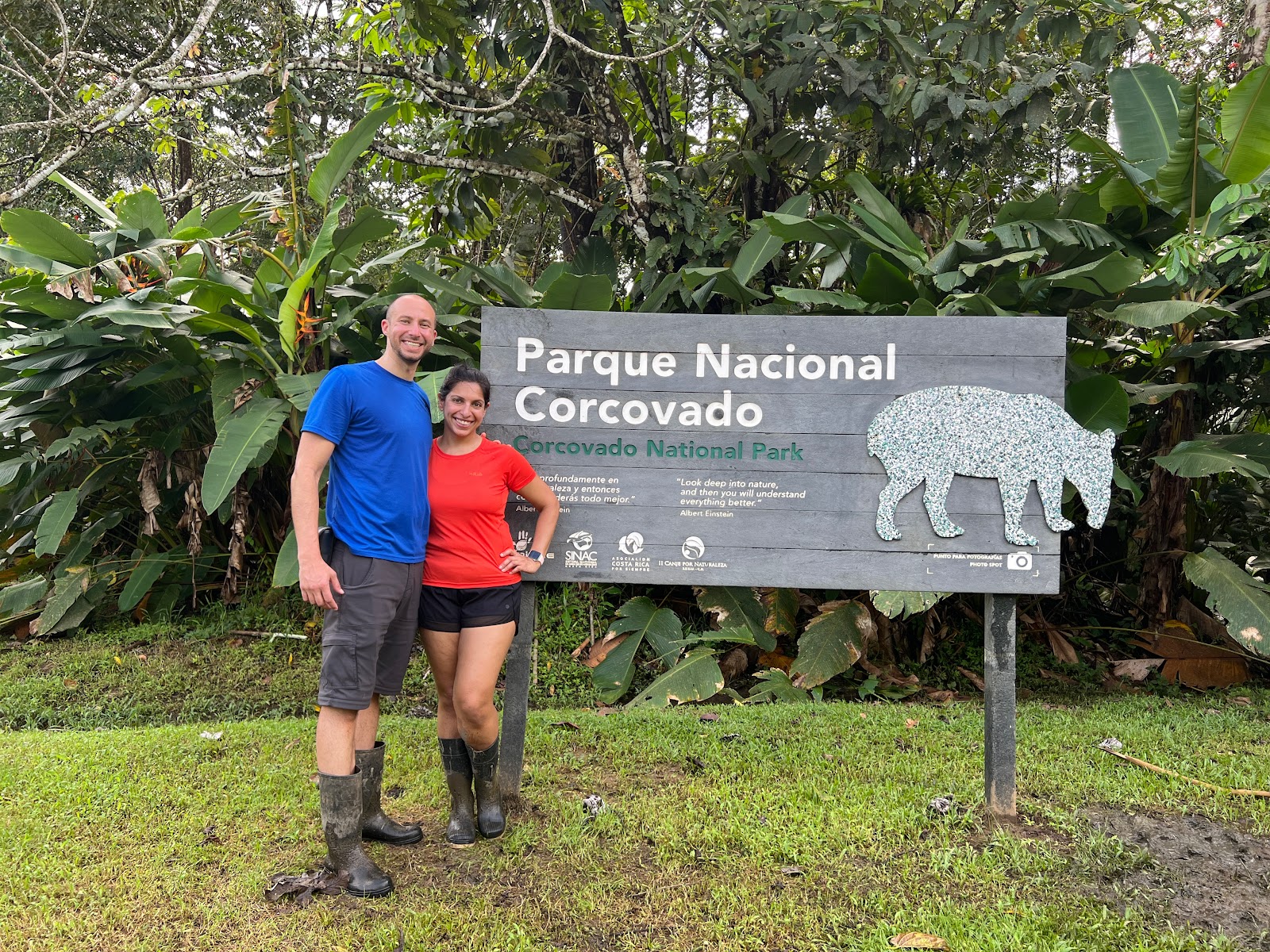
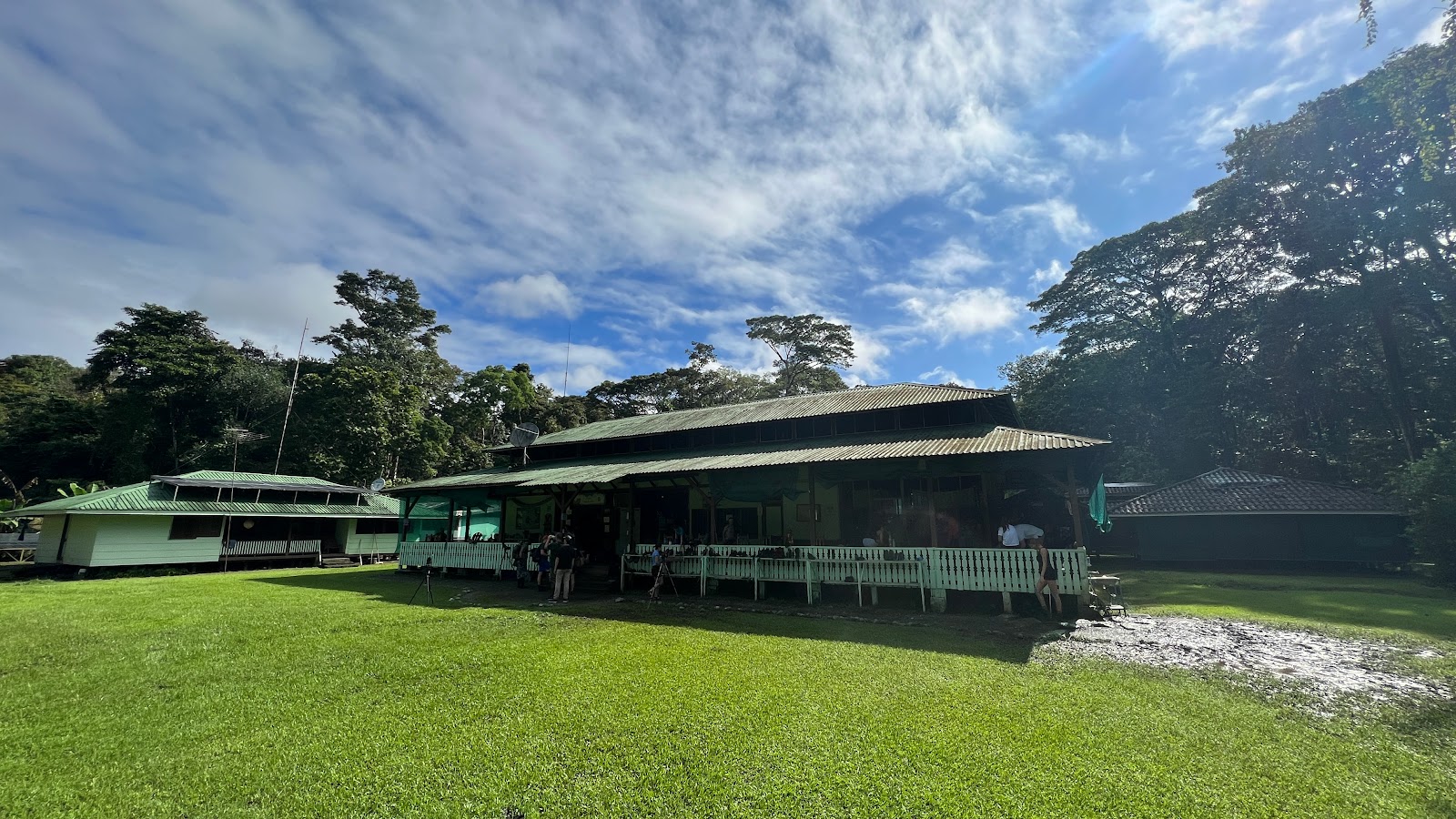
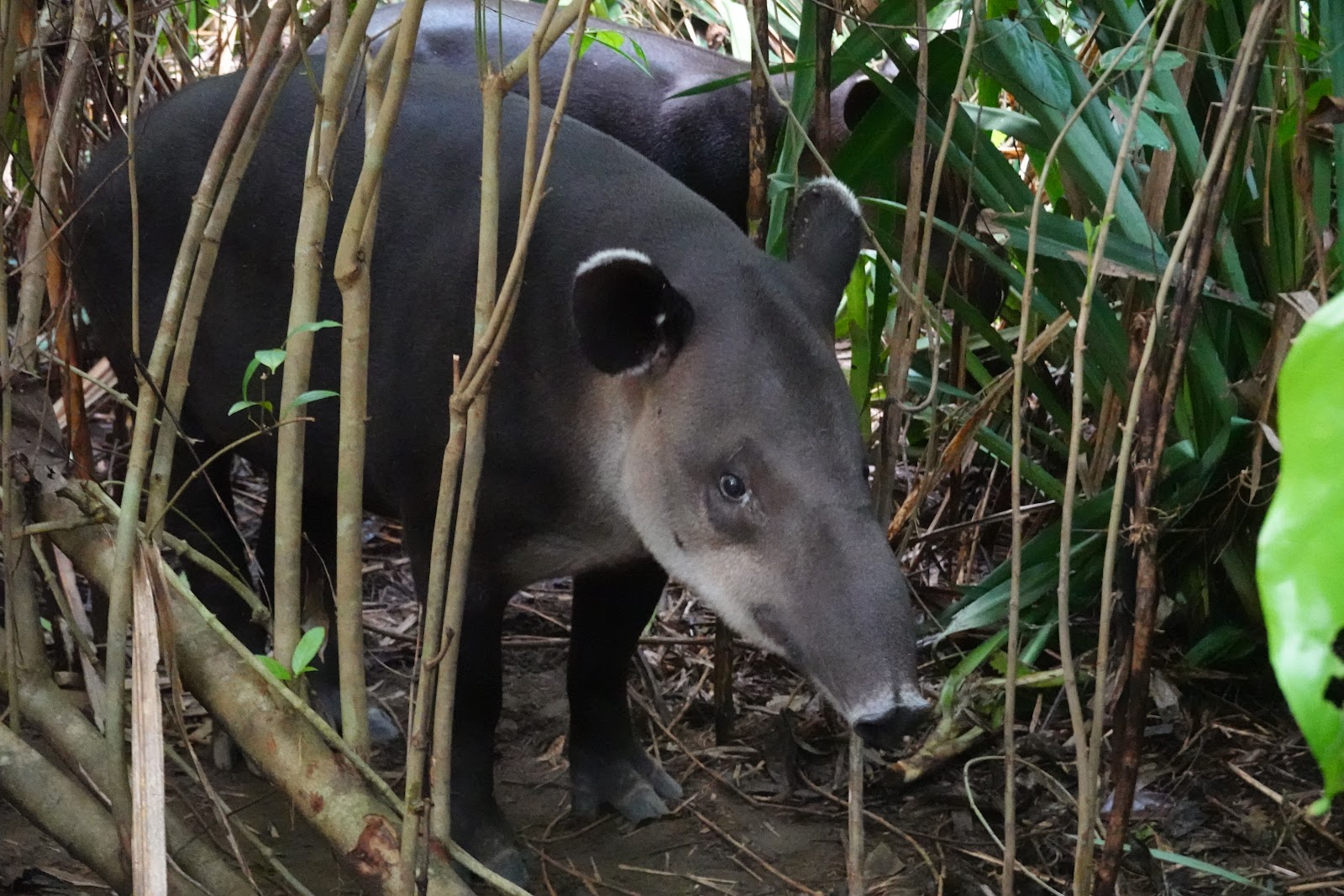
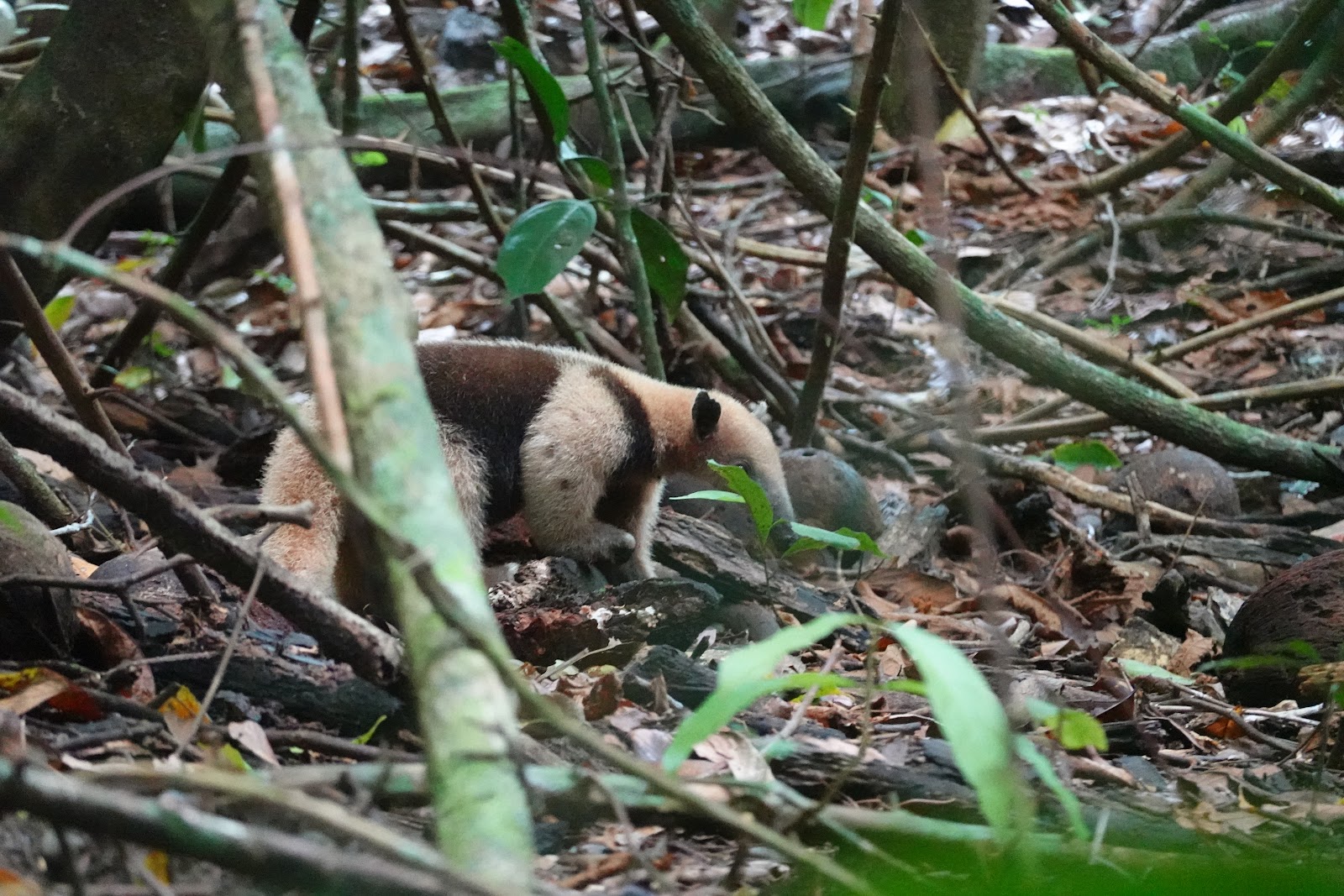
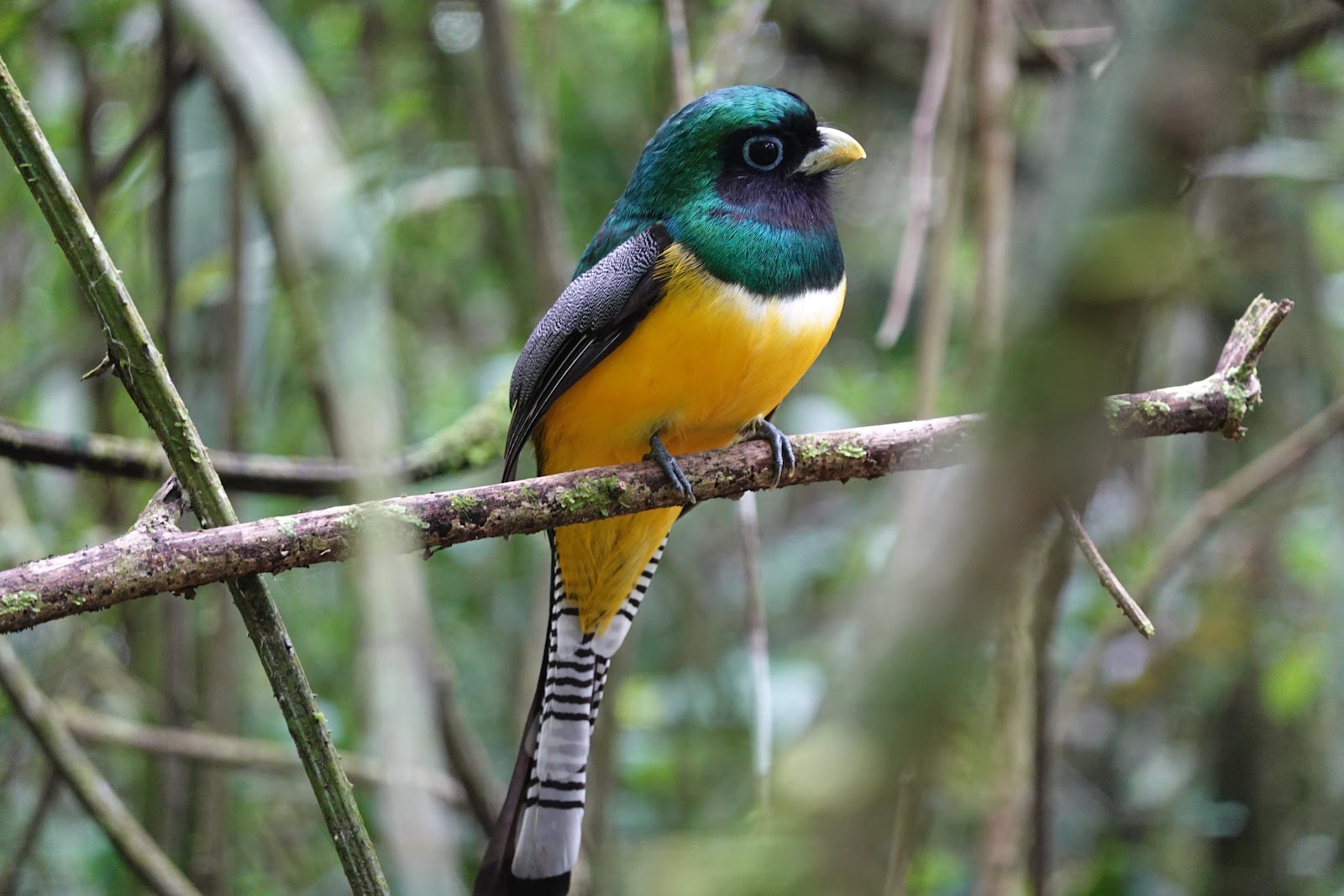
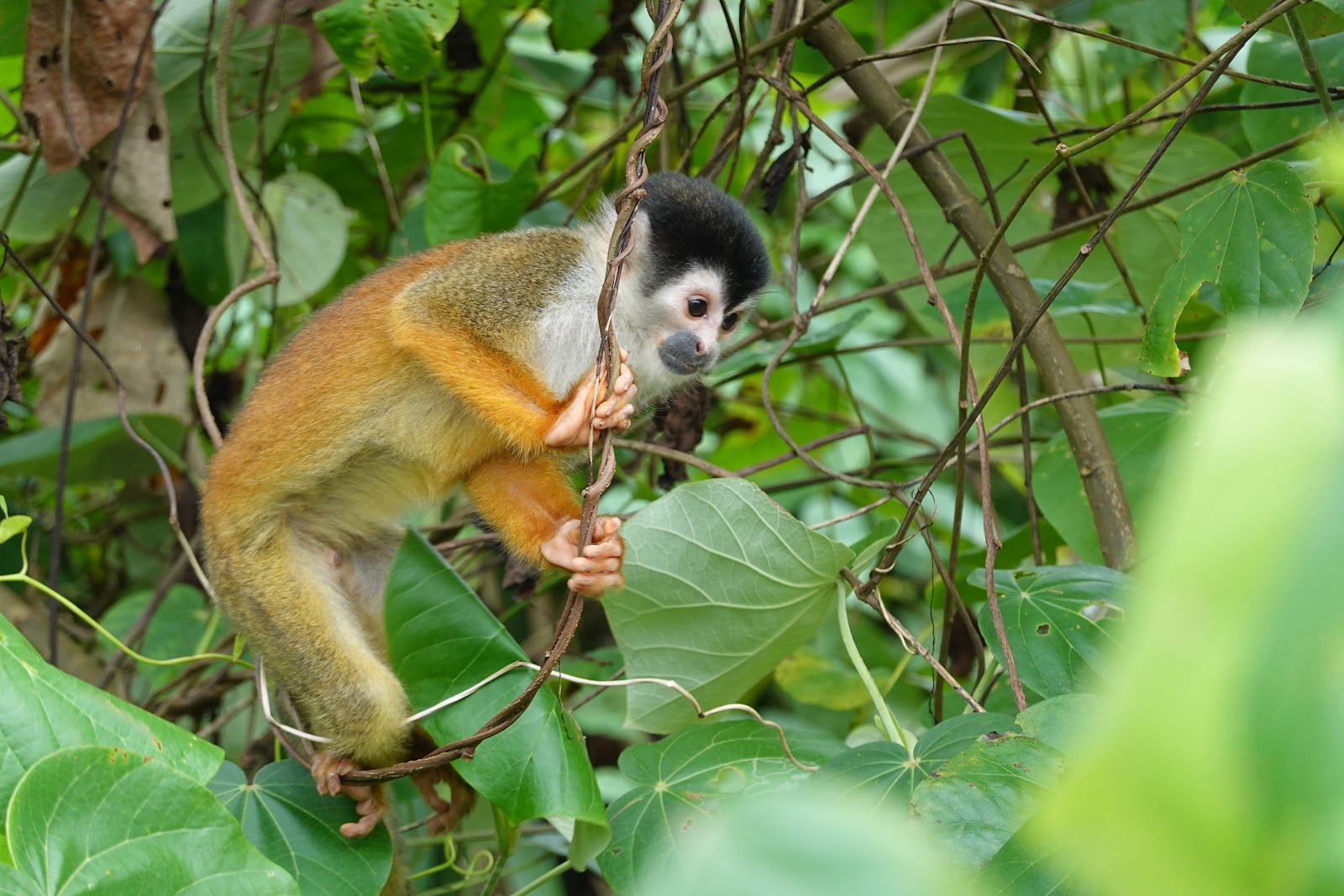
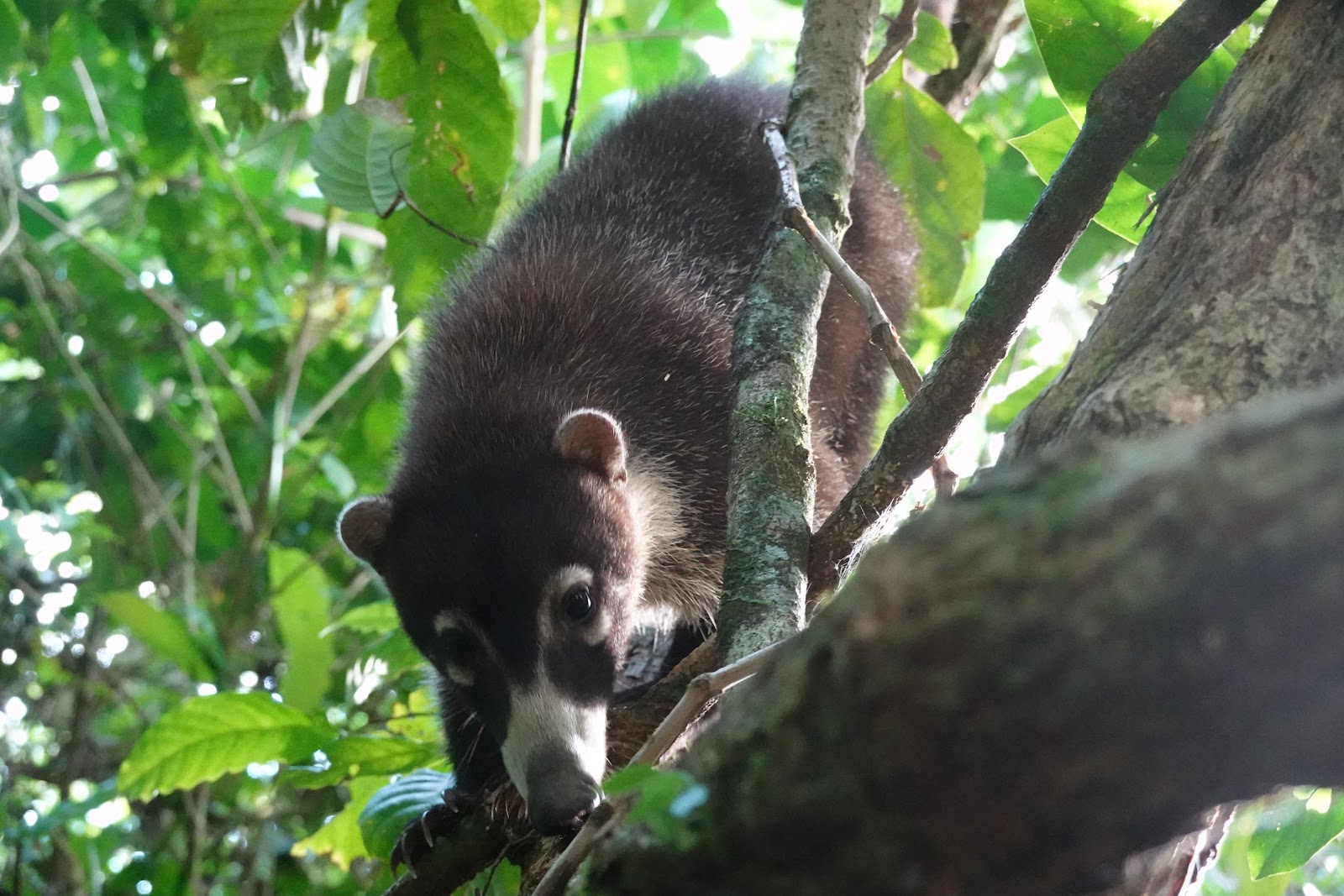
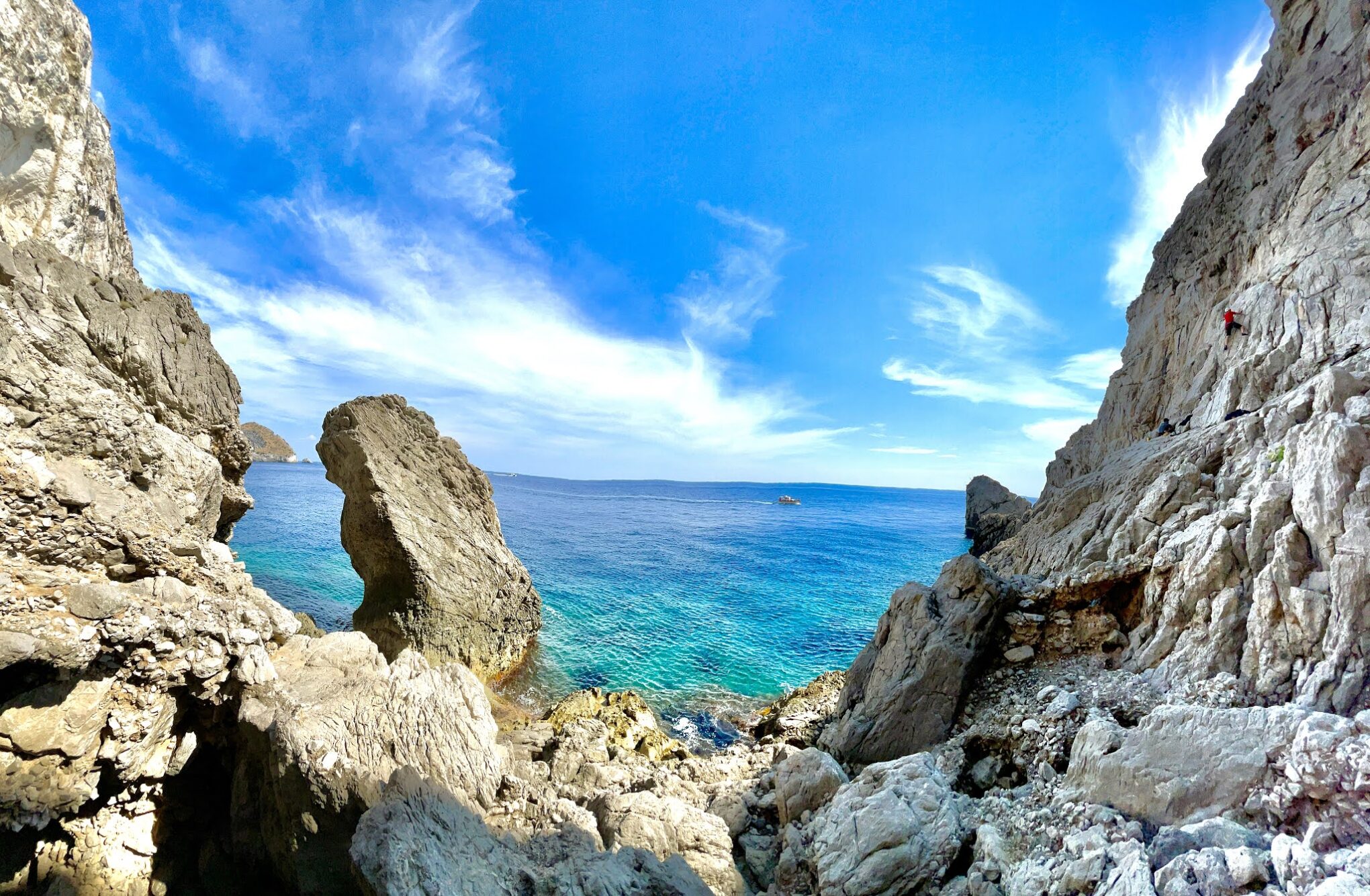
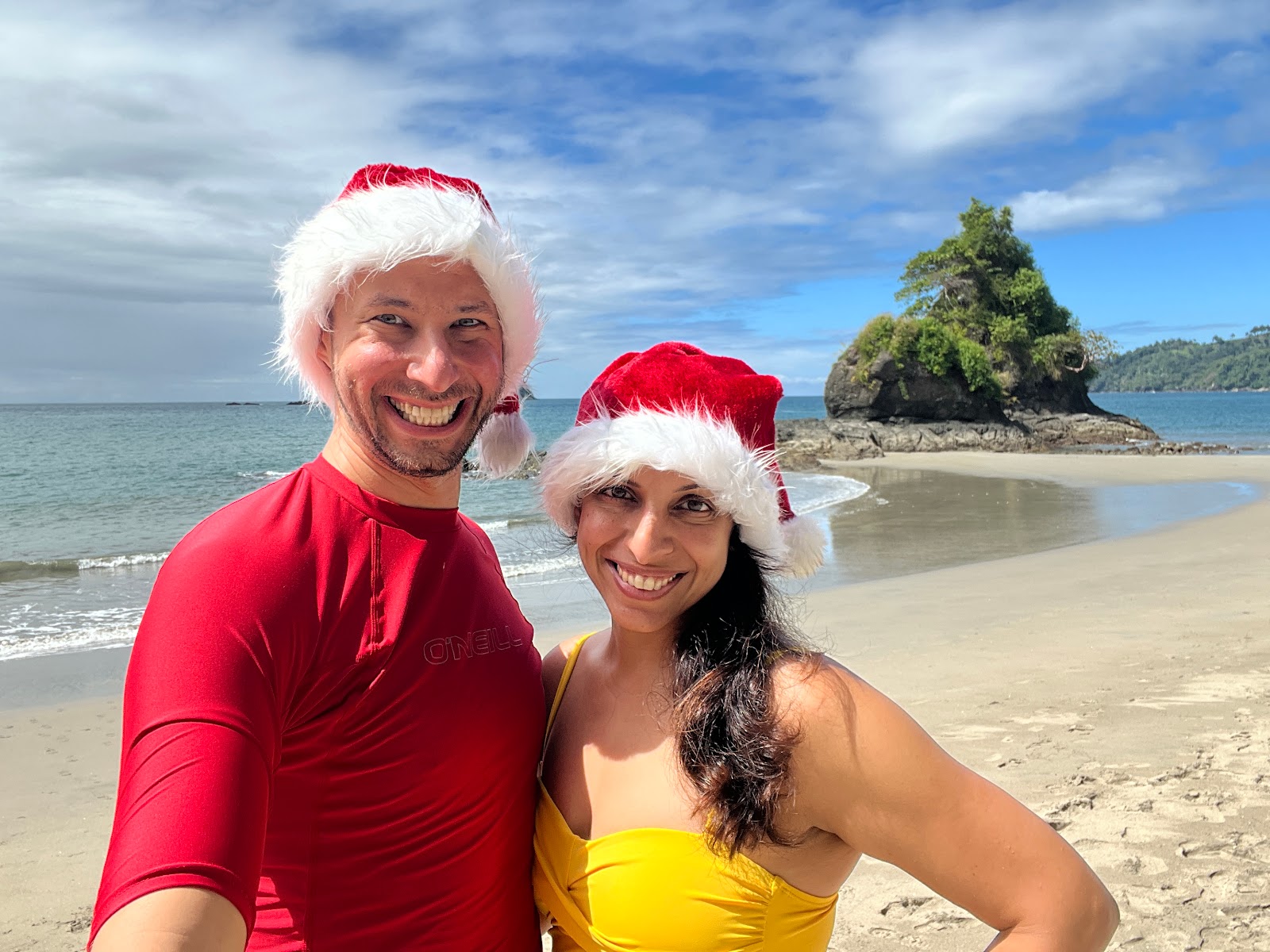

Unknown
Thank you so much for such an informative trip report. We are in the process of planning our 1st trip to CR. Will definately look up 'the Bug lady', that tour sounds awesome.